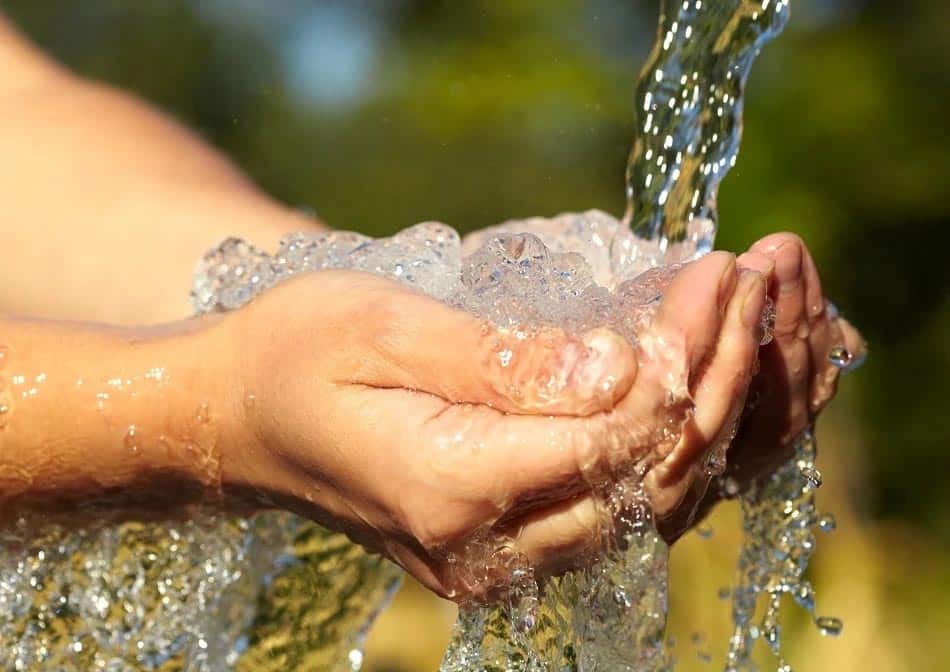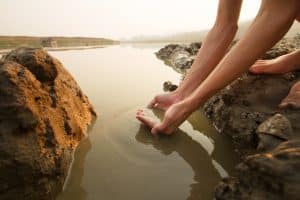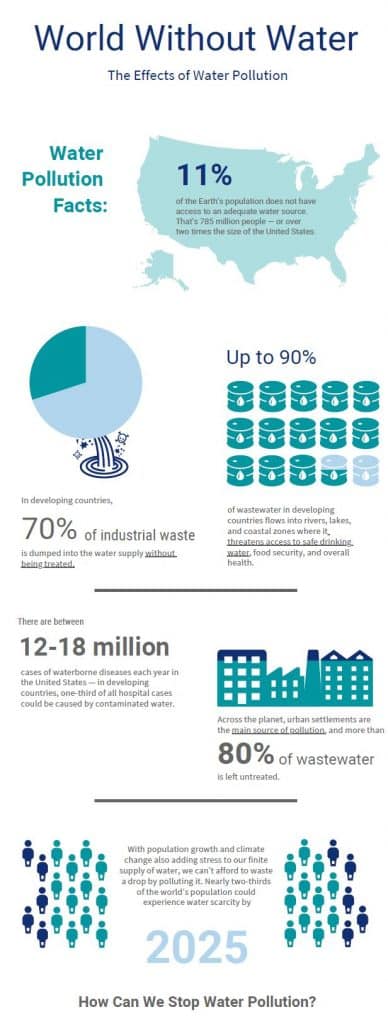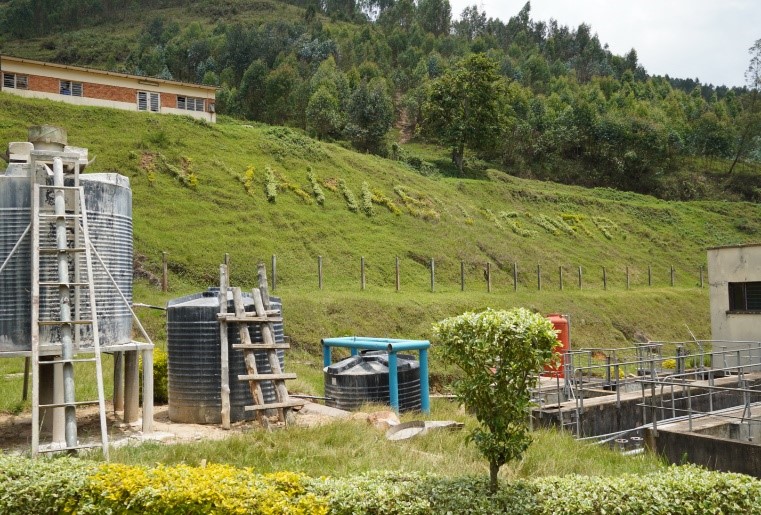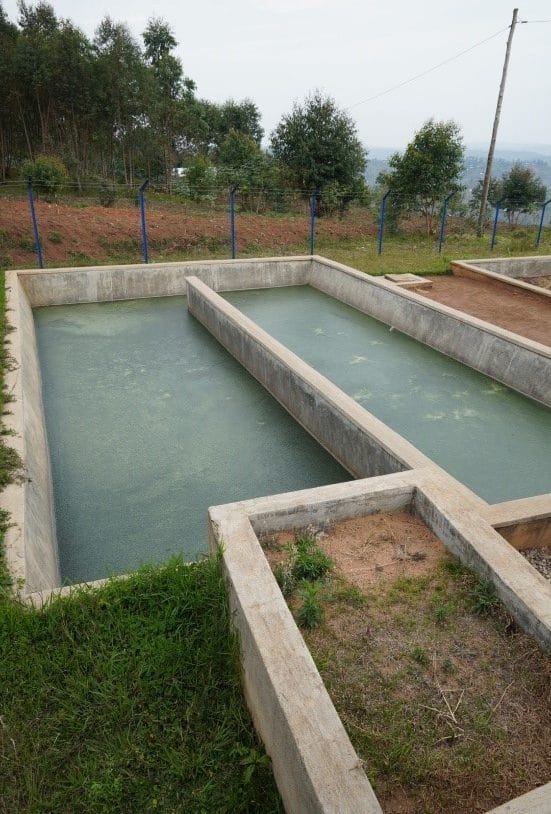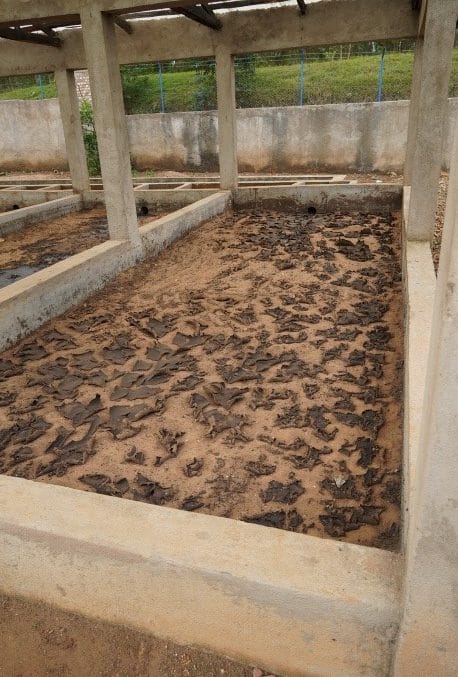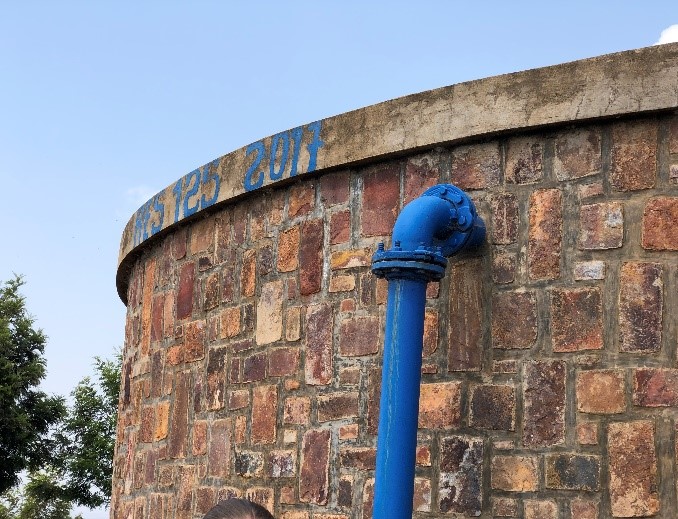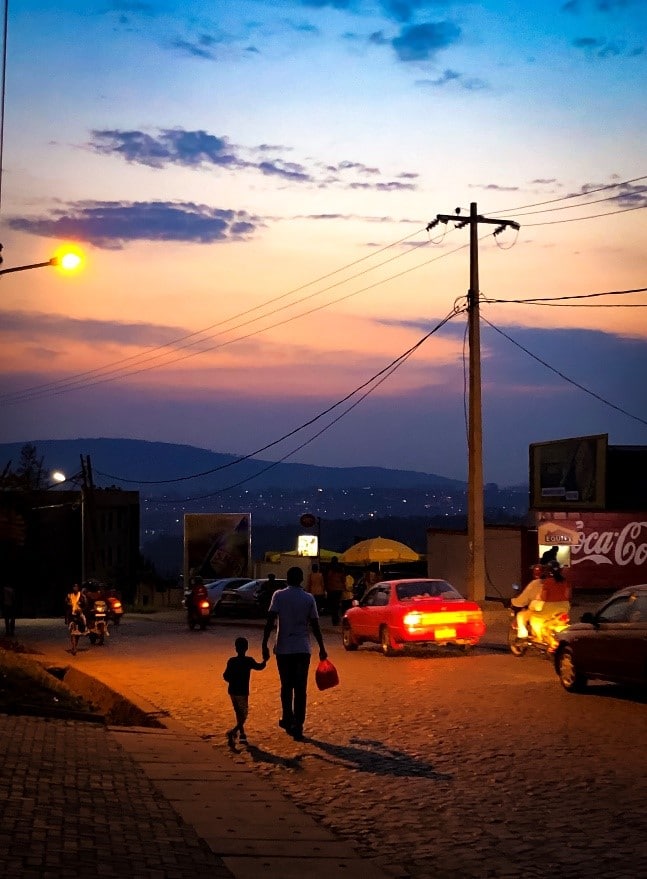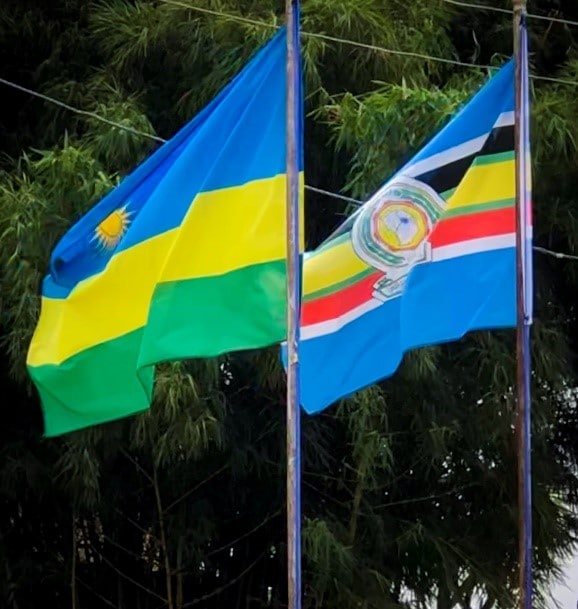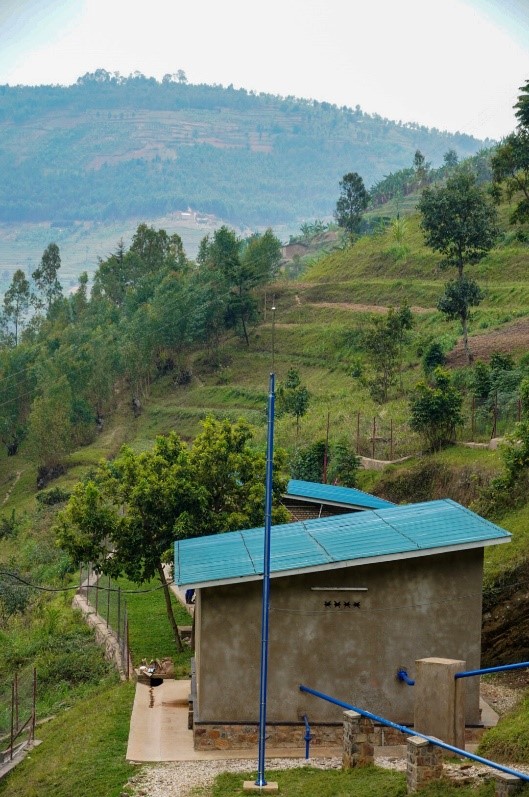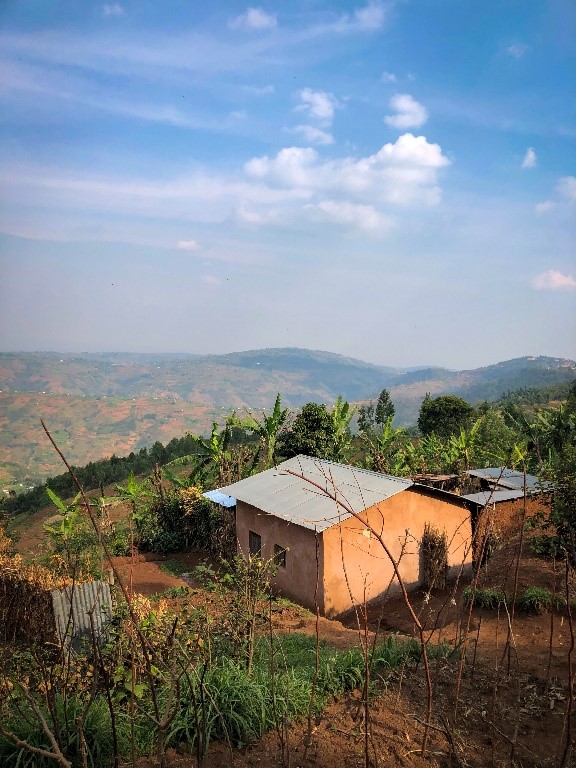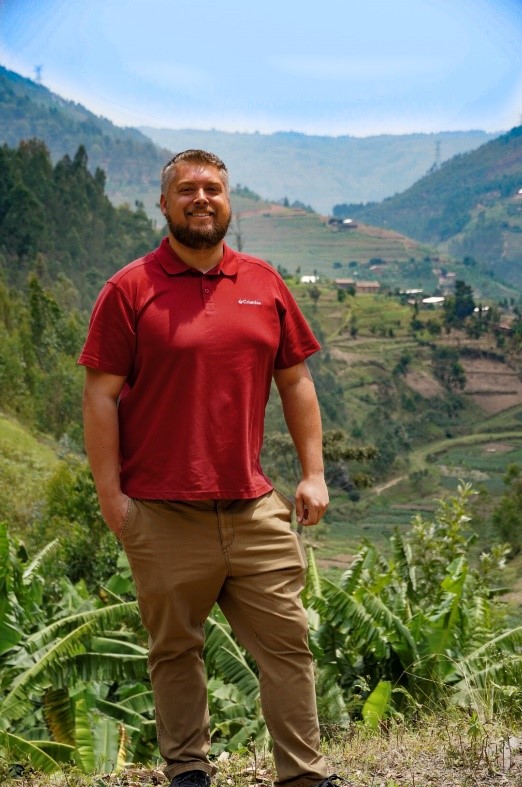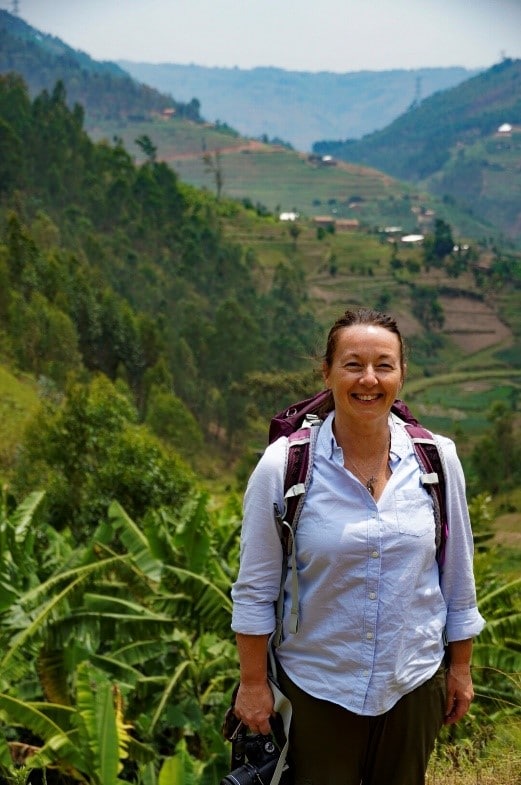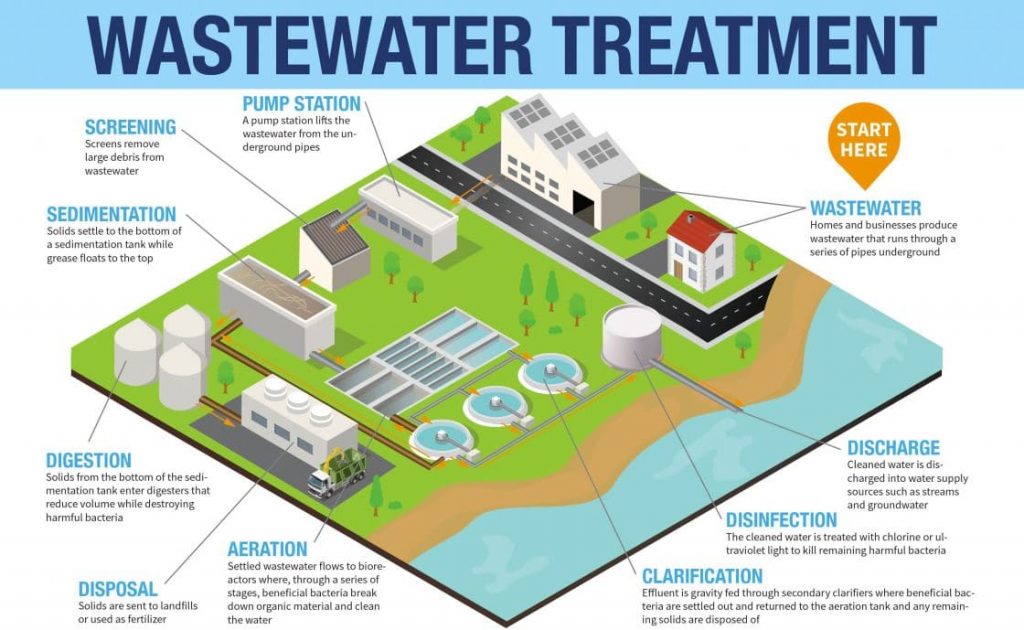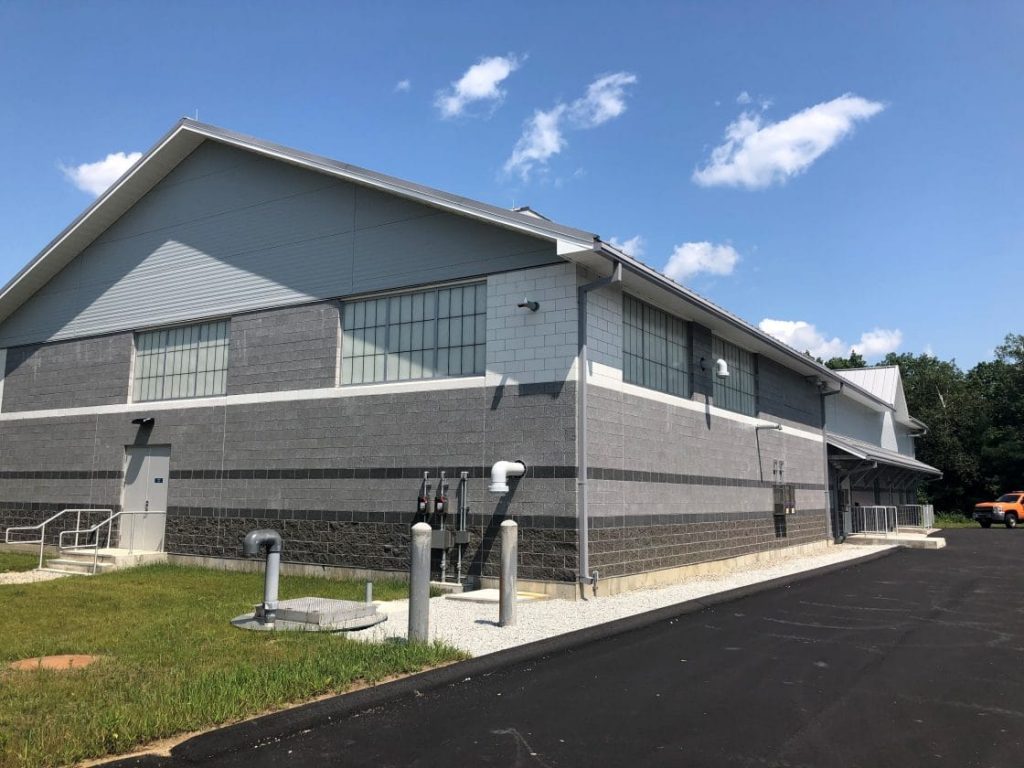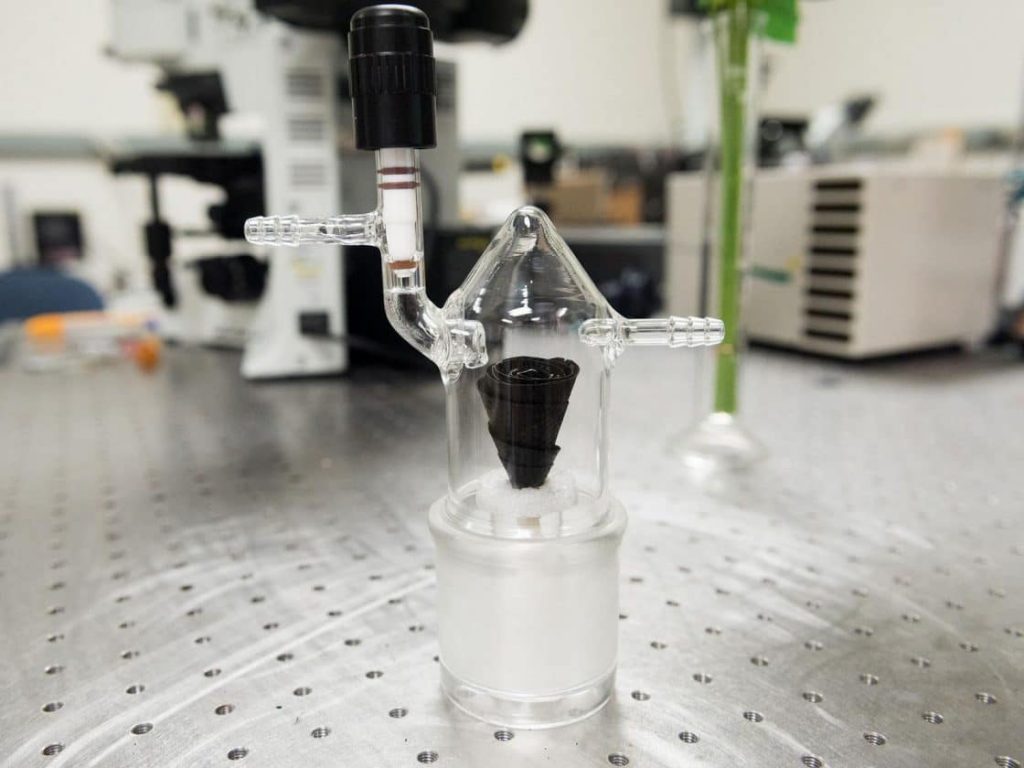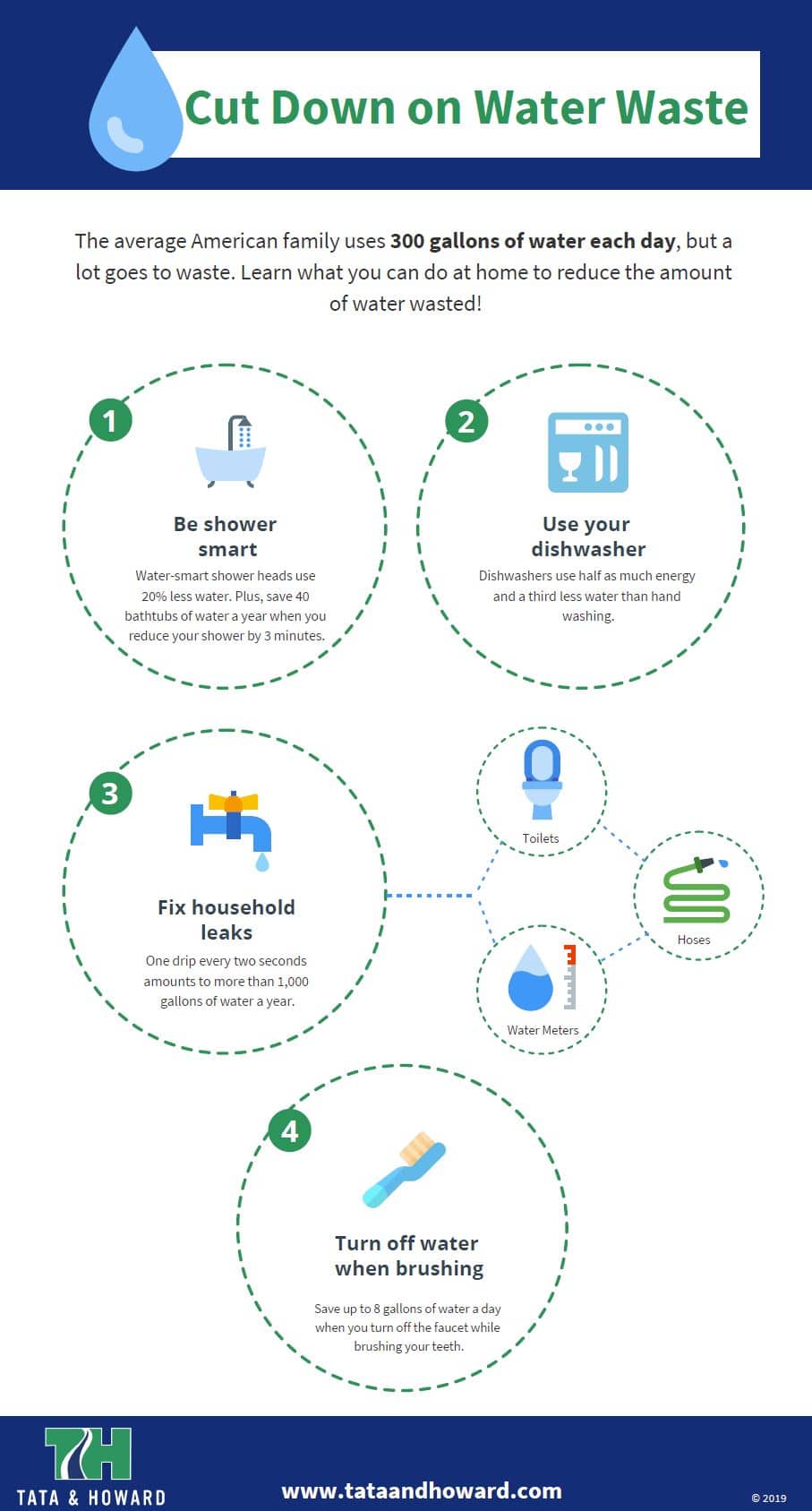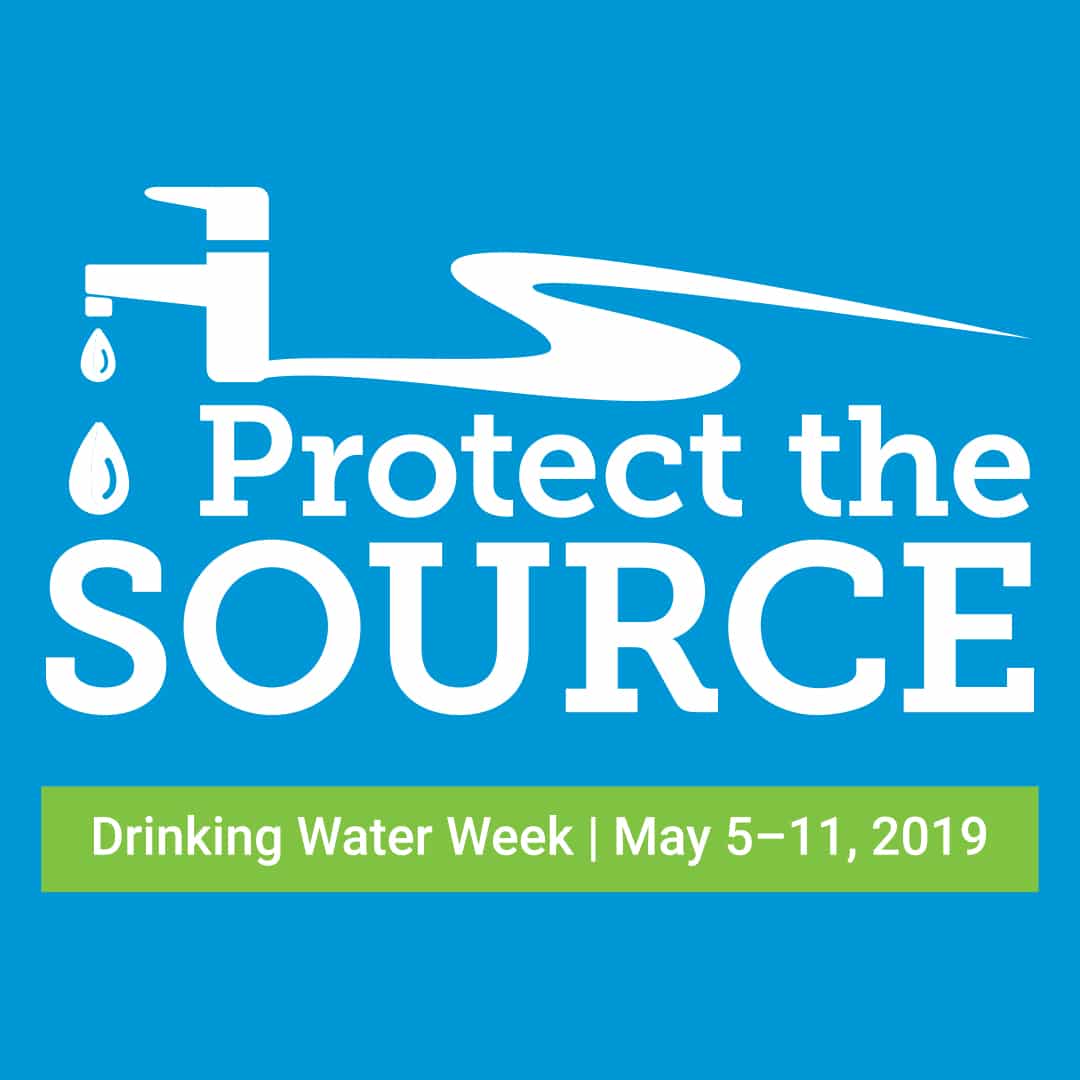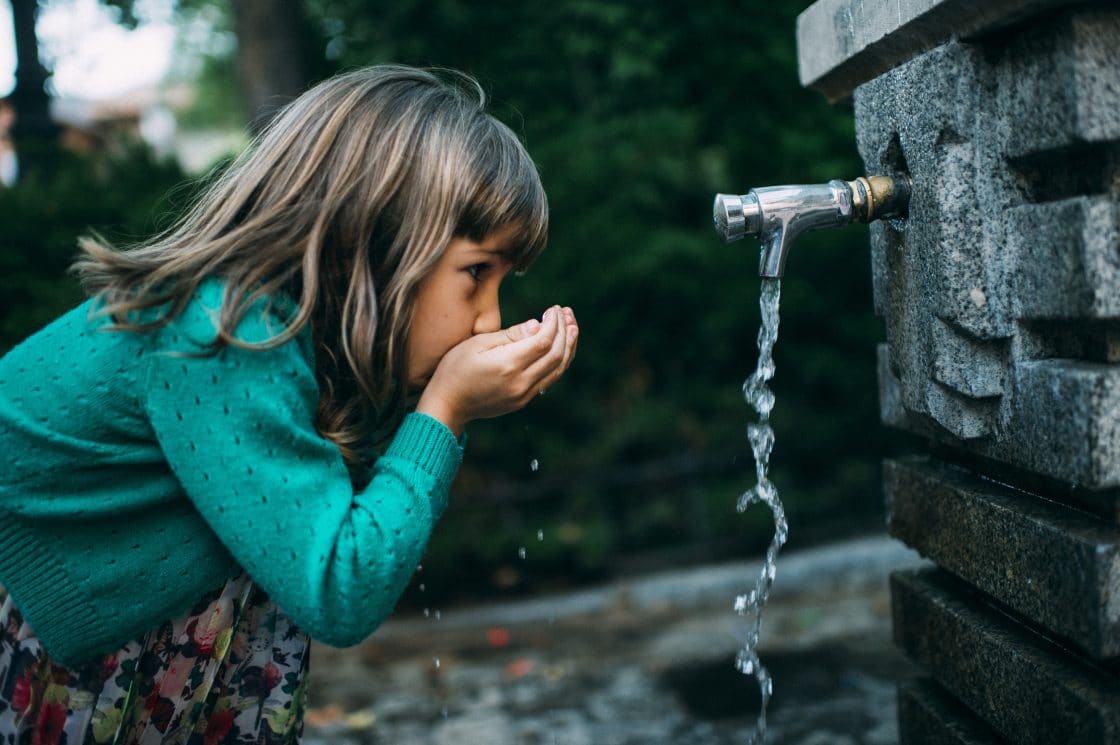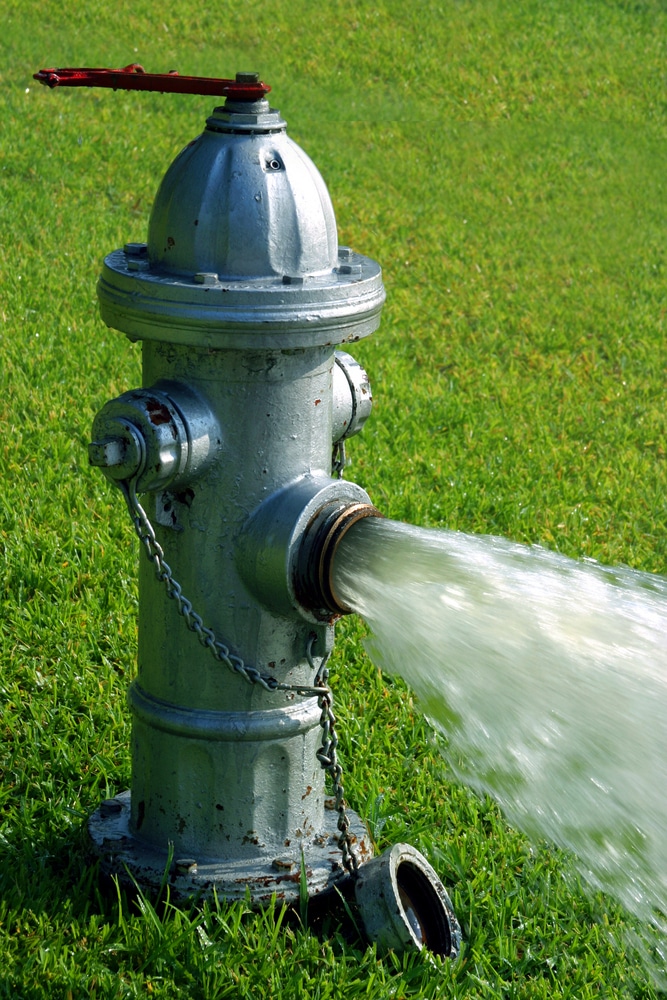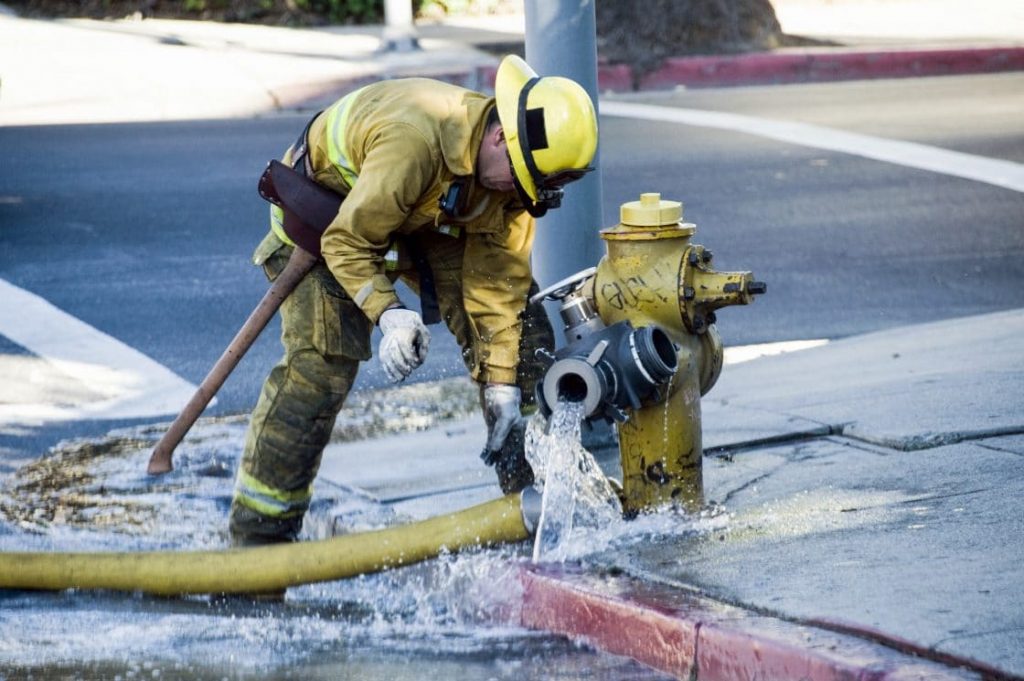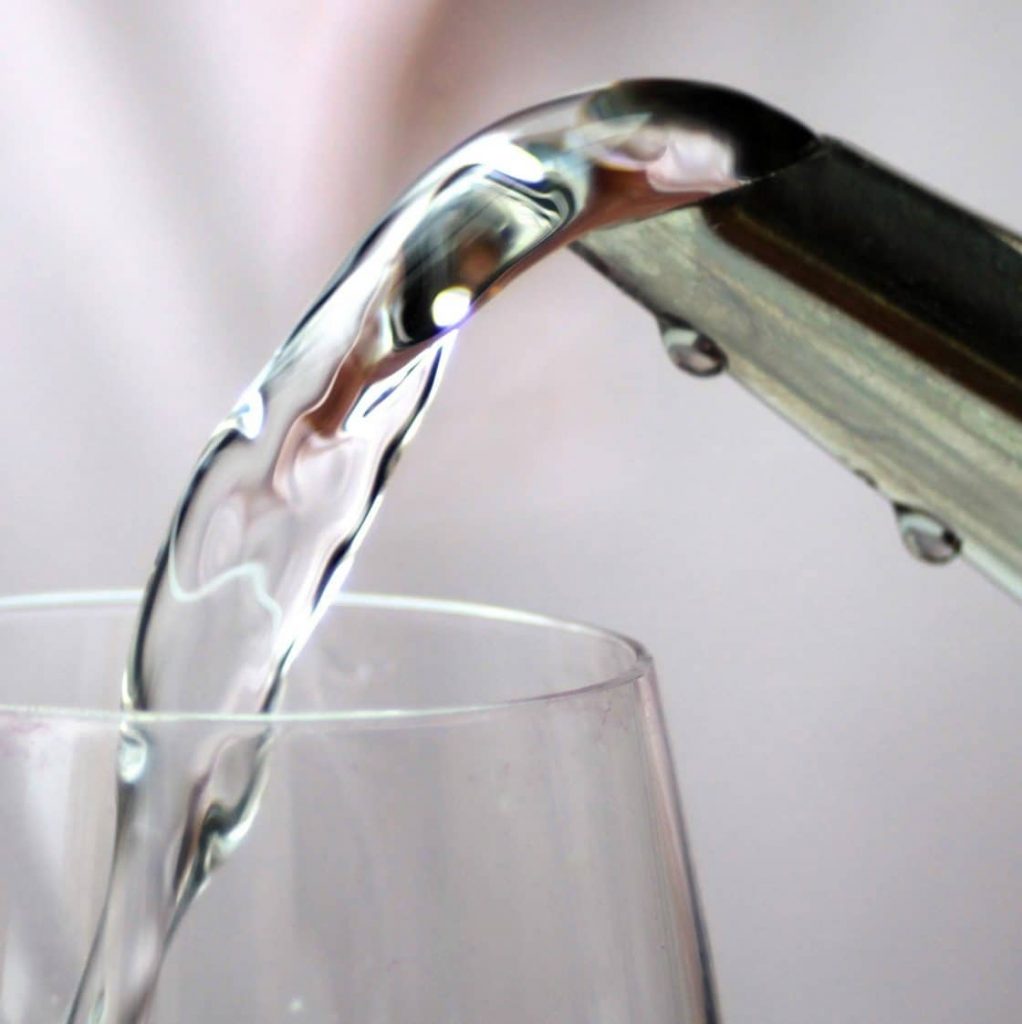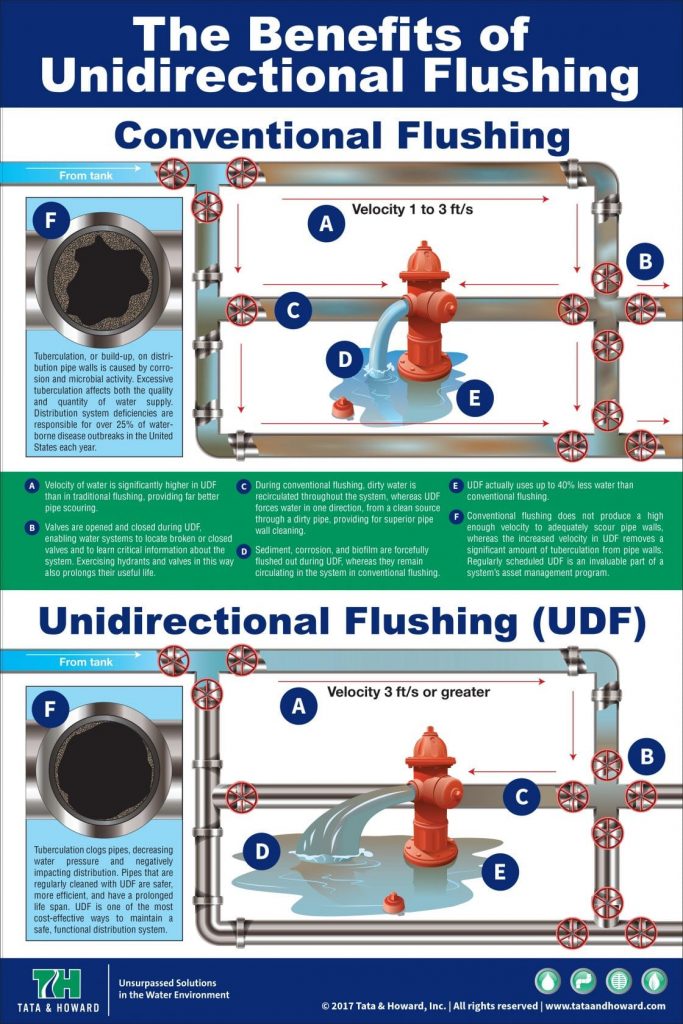Fall is the time for pumpkin spice lattes, football, apple picking…and unidirectional flushing.
Yes, you read that correctly.
Unidirectional flushing, also known as UDF, is a method used in water distribution systems where water flows in a single direction through specific pipe sections in order to mitigate contamination, preserve existing infrastructure, and more. But what does that have to do with the fall?
Before we get to that, let’s refresh on how UDF works and why it is so important, not only to our water distribution systems but to our health as well.
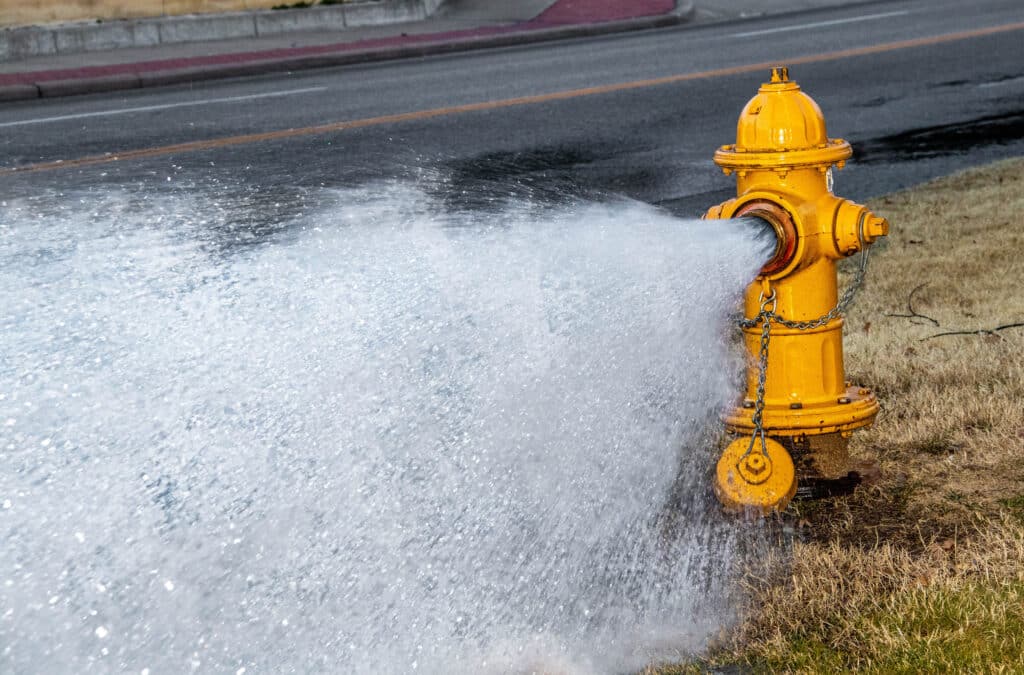 How it Works
How it Works
Hydrant flushing’s primary goal is to maintain water distribution systems’ cleanliness and integrity by flushing sediment, biofilm, rust, and other debris (known as tuberculation) build up from within the pipe’s walls. In both conventional and UDF flushing, water travels from the tank to a hydrant in order to “flush out” pipes. But that’s where the similarities end. Conventional flushing allows water to freely flow in both directions through distribution pipes, allowing contaminated water to flow through pipes. Conversely, UDF forces water to flush in only ONE direction by closing valves, which results in higher velocities in the distribution system — and cleaner pipes in the end. For a clear visual of just how UDF works,take a look at this diagram.
Efficient and Effective
With UDF, water is moving in one direction, which means the velocity is significantly higher than conventional flushing, allowing it to remove any tuberculation along the way. Due to this increased pressure and speed, it’s easy to assume that that means more water is being used with UDF.
Quite the contrary, actually.
In fact, UDF uses approximately 40% less water than conventional flushing, meaning it gets the job done without being wasteful. This is crucial as populations continue to increase and as climate change affects more of our resources, increasing demand on an already struggling supply. UDF can provide utilities with a more cost-effective and sustainable method to maintain, improve, and prolong this precious resource.
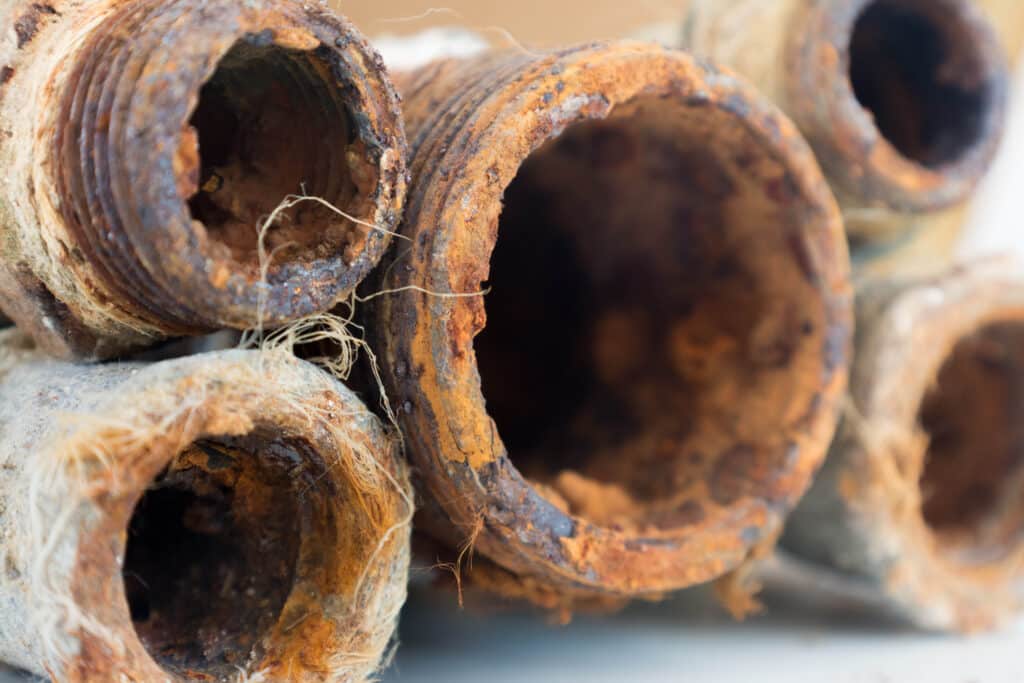 Preserving Aging Pipes
Preserving Aging Pipes
Our country’s water distribution infrastructure is in dire need of repair and replacement, especially since a lot of it utilizes lead pipes. As our pipes age, they are far more susceptible to tuberculation, which can lead to blockages, reduced water quality, increased pressure on the system, and the transportation of waterborne diseases.
By directing the high-velocity water to flow through the pipes in a controlled manner, UDF removes tuberculation, reduces the strain on our already aging infrastructure, and prevents the accumulation of harmful substances that can speed up wear and tear. With UDF, municipalities and water utilities can delay the need for costly replacements, deliver a more reliable supply of clean water, and extend the lifespan of their existing infrastructure (even if it is aged).
Guarding Against Waterborne Threats
Waterborne diseases, such as cholera, dysentery, and typhoid, can be transmitted in a variety of ways: skin-to-skin contact, inhalation, and ingestion. They can form from both human and animal feces, toxins from microorganisms, chemical contaminants, and more. What’s most terrifying is that if they make their way into our water distribution systems, they have a fast-track ticket to anywhere and everywhere.
UDF helps municipalities mitigate contamination by keeping distribution pipes clean and free from debris.
 Fall’s Perfect Timing: Why UDF Matters Most in the Heat
Fall’s Perfect Timing: Why UDF Matters Most in the Heat
So, what does all of this have to do with the fall?
Fall is an ideal time for UDF because the summer weather leads to an increase in water usage. This spike can not only exacerbate tuberculation in our water distribution systems, but the higher temperatures can also expedite microbial growth. Both contribute to the higher chance of potential water quality issues, like wasted resources and lower supply, higher costs for residents, waterborne diseases, and more wear and tear on our infrastructure.
Conducting UDF in the fall allows municipalities to address these concerns proactively by clearing out the buildup and contaminants that accumulated over the summer (and year!). Additionally, the (generally favorable) weather conditions reduce the risk of complications that normally come with New England’s freezing or extreme cold, making UDF more efficient and effective. This method of seasonal maintenance ensures that the water supply remains clean and safe directly after a time of peak consumption.
Schedule Your UDF
At Tata & Howard, our UDF programs have been implemented across the Commonwealth, ranging from Shrewsbury to Wayland, Melrose to Haverhill, along with parts of Connecticut. By adopting a UDF program, municipalities can provide their customers with a water distribution system that lasts longer, saves resources and funds, and provides residents with the clean drinking water they deserve.
For more in-depth information on the benefits and functions of UDF, we have a free download of our whitepaper, Unidirectional Flushing Programs: A Yearly History Lesson Whitepaper. You can also take a look at past T&H projects to help get a better understanding of the process and our capabilities.
To further discuss UDF or schedule your cleaning, reach out to us here.

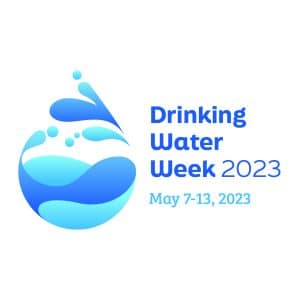 Every year during the first week of May, the American Water Works Association (AWWA) and members of the water community celebrate Drinking Water Week, a week-long campaign dedicated to educating the public about the critical role clean water plays in our daily lives.
Every year during the first week of May, the American Water Works Association (AWWA) and members of the water community celebrate Drinking Water Week, a week-long campaign dedicated to educating the public about the critical role clean water plays in our daily lives.